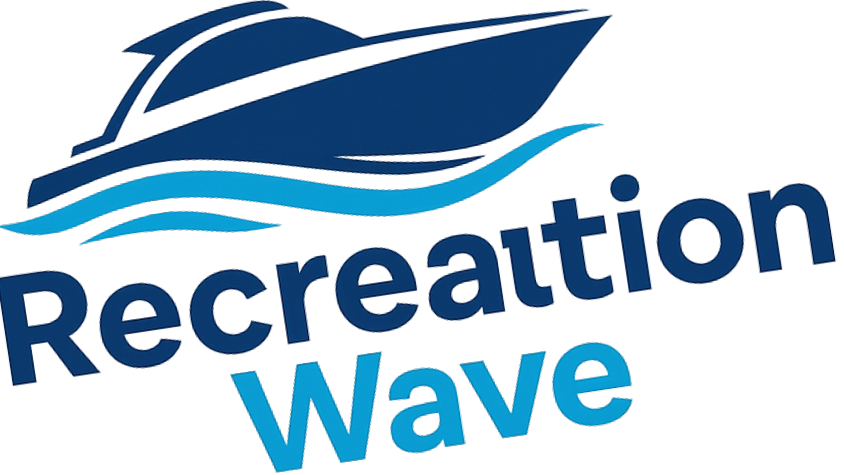
A Powerful Earthquake Off Russia Triggers Tsunami Alerts
On July 29, 2025, a powerful 8.7 magnitude earthquake shook the waters off the coast of the Kamchatka Peninsula in Russia, setting off tsunami warnings across a significant swath of the Pacific, from Hawaii to Alaska and down to California. The earthquake occurred at a depth of approximately 46 miles and was responsibly monitored by the National Oceanic and Atmospheric Administration (NOAA), which immediately issued warnings that implied urgent actions be taken to protect lives and property.
Understanding the Tsunami Risk
Just as the ocean is unpredictable, so too are the threats it harbors. Tsunami advisories can serve as a wake-up call to coastal communities about the dangers that arise from seismic activities. On this particular occasion, NOAA's warning for Hawaii stated that the first tsunami waves could potentially arrive at 7:17 PM HST, prompting residents to take precautions seriously. In such cases, it's important to remember that tsunamis consist of a series of waves that can continue for hours beyond the initial impact, meaning that the first wave is not necessarily the largest or most destructive.
The Immediate Impact on Coastal Communities
After the alerts were issued, Hawaii and the West Coast prepared for the worst. Areas in Hawaii and Southern California were evacuated as precautionary measures were enforced, ensuring that local populations could flee to safety, far from the possible reach of hazardous waves. Fortunately, modest tsunami waves were reported in Hawaii and California on the morning following the quake, and both states lifted their warnings and advisories soon after. This scenario reminds us of the ocean’s ferocity while simultaneously showcasing emergency response preparedness from local and national agencies.
The Importance of Staying Informed
Staying informed during seismic events is key. Individuals residing near coastlines should always have access to real-time information and warnings provided by agencies like the NOAA. It serves not only to ensure personal safety but to foster a sense of community awareness that can lead to stronger and more informed responses during emergencies.
Historical Context: A Cautionary Tale
This recent earthquake and tsunami advisory bring to mind the earlier warnings regarding the Cascadia Subduction Zone, located off the coast of Canada. Experts have long cautioned of its seismic potential, and while this tsunami warning may not be directly related to it, it underscores the fact that we must respect our planet's natural forces. Those living in vulnerable regions must embrace both information and preparation as tools to enhance their safety.
Future Predictions: The Need for Preparedness
As we look to the future, it becomes evident that earthquake-induced tsunamis might be part of our reality living along coastlines. The potential for larger and more destructive waves emphasizes the need for regular emergency drills and community training exercises. Local maritime and emergency services can greatly benefit from ongoing education tailored to tsunami awareness and preparedness, ensuring that they are ready to respond effectively when nature calls.
What You Can Do to Be Prepared
One of the greatest lessons to draw from natural disasters is the importance of individual readiness. Creating an emergency plan, educating yourself about tsunami evacuation routes, and participating in community drills can be extremely beneficial. Maintaining an emergency kit with essentials such as food, water, and first aid will bolster your preparedness and increase your likelihood of safely navigating these unpredictable challenges.
In conclusion, our oceans can be both beautiful and treacherous, and understanding the science behind natural phenomena is essential for safe coastal living. Ensuring that you stay informed, prepared, and engaged with your community can make all the difference when the waves come crashing in, and we should all strive to advocate for collective readiness.
 Add Row
Add Row  Add
Add 




Write A Comment